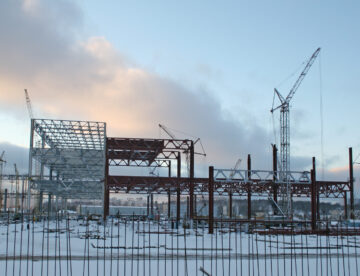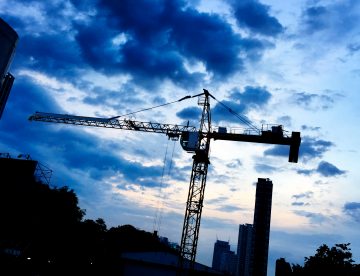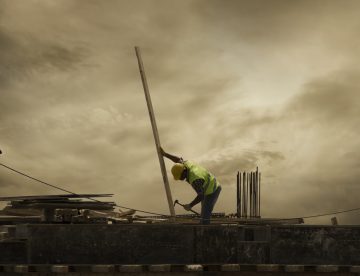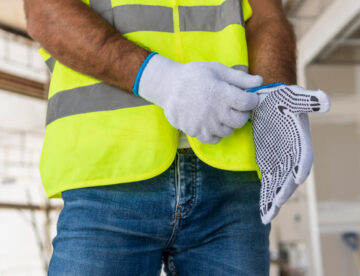
Construction work can be tough on the skin. From contact with hazardous substances to prolonged sun exposure, workers face daily risks that can lead to serious skin conditions, including dermatitis, chemical burns and even skin cancer.
Protecting your skin isn’t just about comfort – it’s essential for long-term health and safety. Find out more about the dangers and what you can do to reduce the health risks in our latest Focus on Safety blog.
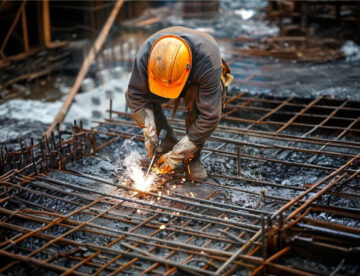
When thinking about construction site injuries, cuts, falls, or heavy lifting are often the things that first come to mind. Yet, burn injuries are also a critical concern as thousands of construction workers face burn risks every year.
In our latest ‘focus on safety’ blog, we’ll explore the common causes of burn injuries, what to do in the event of a burn and outline what can be done to reduce the risk.
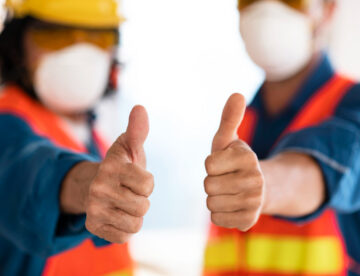
Today marks the 75th anniversary of the NHS, known worldwide as one of the first and best healthcare systems to be universally available and free at the point of delivery.
Unfortunately, while its principles are unshaken, the NHS today is under pressure due to several issues – staff shortages, backlogs from Covid and industrial action to name a few.
Is there anything the construction sector can do to help? The answer actually is ‘yes’. Construction is high-risk industry for both injuries and health issues, but focusing on preventative measures can reduce those risks (consequently reducing some of the pressure on the NHS). Read on to find out more.
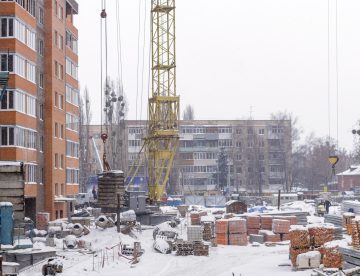
The recent cold snap is a reminder to us that working outdoors in such conditions is not exactly the most pleasant thing any of us could be doing and that, once again, it’s time for our industry to brace itself for the winter months ahead.
During these months, we all need to be aware of the potential hazards that come with harsher weather, recognise that some tasks could take longer to complete and be prepared to make adaptations when planning work activities.
If you’re working on site this winter, here’s our handy guide to surviving the cold.

If you’ve been working on a construction site in Britain for a while then it’s very likely you’ll have the had many experiences of working in rainy conditions.
While the odd shower isn’t so bad, persistent rain can result in some pretty unpleasant working conditions on site (and in other outdoor working environments). As well as posing a number of risks associated with workers getting cold and wet, rain can increase the chances of people falling victim to other hazards like slips, falls and accidents caused by poor visibility.
As we’ve had a few Autumnal downpours over the past few days, in this week’s blog, we’re talking about the dangers associated with working in rain and what steps can be taken to stay safe.

So ‘Freedom Day’ happened this Monday 19th July – the day when the remaining COVID-related legal restrictions like social distancing and mask-wearing were lifted in England. However, while there were crowds of jubilant party-goers queuing outside the nation’s nightclubs at Midnight, others (including many businesses) are taking a more cautious approach to the relaxations. So, what about construction? Read this week’s blog to find out more about what seems to be a clash between the government’s and industry leaders’ viewpoints as well as what we at Sheriff would advise.

The use of asbestos in buildings has been banned in the UK for just over two decades but unfortunately the answer to the question of whether it still poses a danger is a definite YES. Asbestos is commonly found in buildings constructed before the ban and according to the Institute of Occupational Health and Safety…

